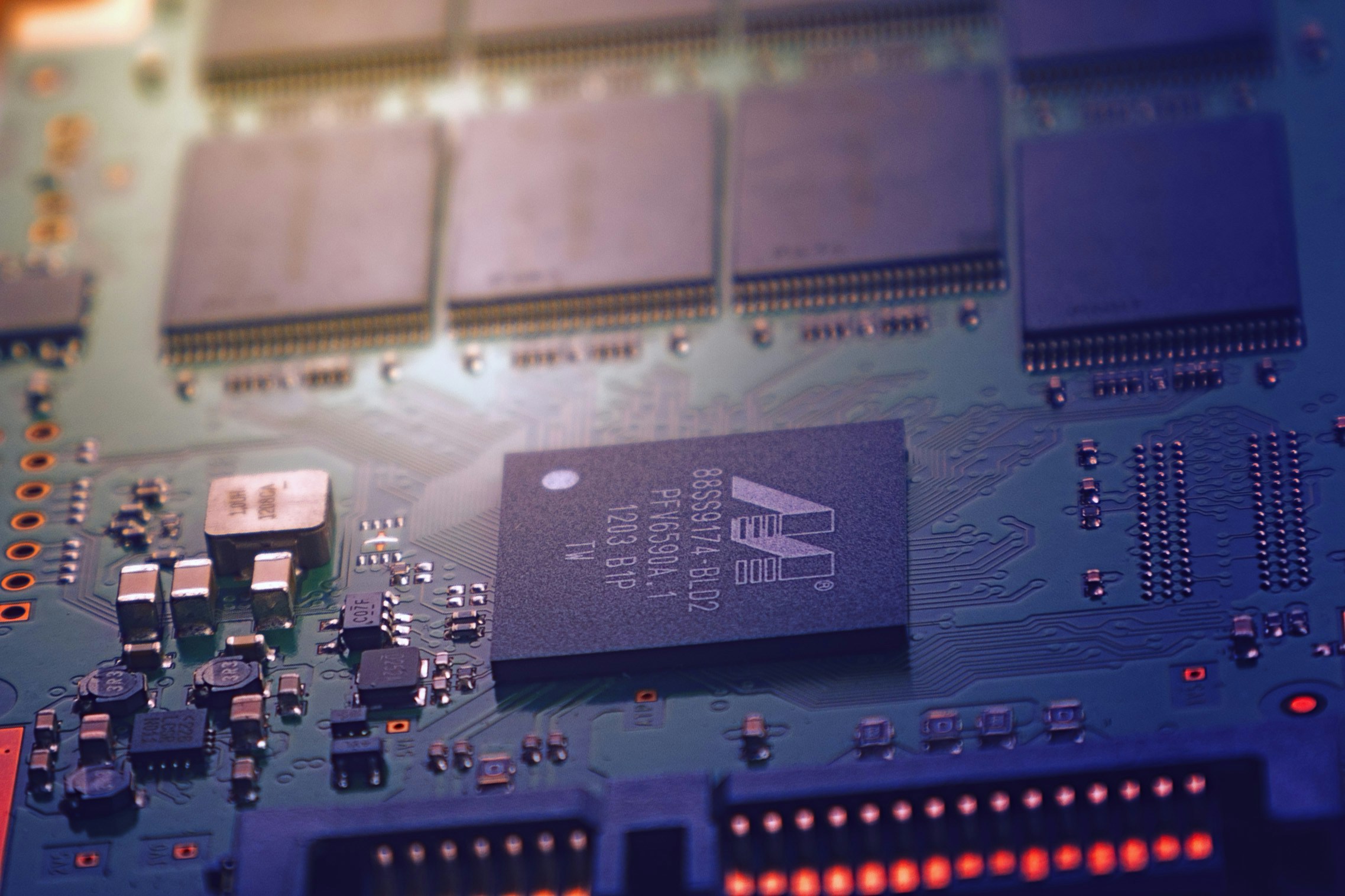Unraveling the Intricacies of Photonic Computing: The Next Frontier
Introduction: Step into the future as we delve into the world of photonic computing. This emerging field utilizes light, rather than electricity, to process data, promising unrivaled speeds and efficiency. Photonic computing had its inception in the late 20th century. The concept was simple: if light waves could carry data across fiber-optic cables at lightning-fast speeds, why not use them for computation as well? Researchers envisioned a world where light could replace electrons in the realm of computing, leading to incredibly fast and efficient machines. But the road to realizing this vision has been fraught with technical difficulties, making it a less-traveled path until recent years.

The Present Scenario: A Ray of Light
Fast-forward to today, and the concept of photonic computing is no longer a distant dream. Various tech giants and research institutions are investing heavily in this field. A significant breakthrough came in 2020 when researchers at MIT unveiled a photonic microchip that can process information in the form of light. This leap forward could potentially revolutionize the computing industry, offering higher speeds and energy efficiency compared to traditional electronic devices.
The Technology Behind Photonic Computing
Photonic computing primarily leverages the properties of photons, the fundamental particles of light. Unlike electrons, which generate heat as they travel through a conductor, photons are heatless, making them ideal for high-speed, low-energy data processing. The potential of photonic technology lies in its capacity to alleviate the “bottleneck” of information transfer, as the use of light can significantly increase the speed at which data is transferred and processed.
Photonic Computing: A Market Perspective
Though photonic computing is still in its nascent stage, the potential market impact is vast. Various industry reports suggest that the photonic computing market could reach a staggering value in the next decade, given the rising demand for high-speed, energy-efficient computing. The exact price range for photonic computing devices is hard to pin down at this stage, but with the advancement of technology and the economies of scale, they could become increasingly affordable.
The Future: A Brighter Tomorrow
Looking ahead, it’s clear that photonic computing holds considerable promise. As the world grapples with the escalating demands of data processing, the need for faster, more efficient computing methods is paramount. Photonic computing could very well be the answer, marking a new era in the tech world.
To wrap up, the road to photonic computing is not without its challenges. Technical hurdles, high production costs, and market acceptance are just a few of the obstacles this technology faces. Yet, the potential benefits — high speed, low energy consumption, and heat reduction — make it a compelling prospect for the future of computing. As we continue to explore and develop this frontier, one thing is certain: the world of technology is about to get a whole lot brighter.





